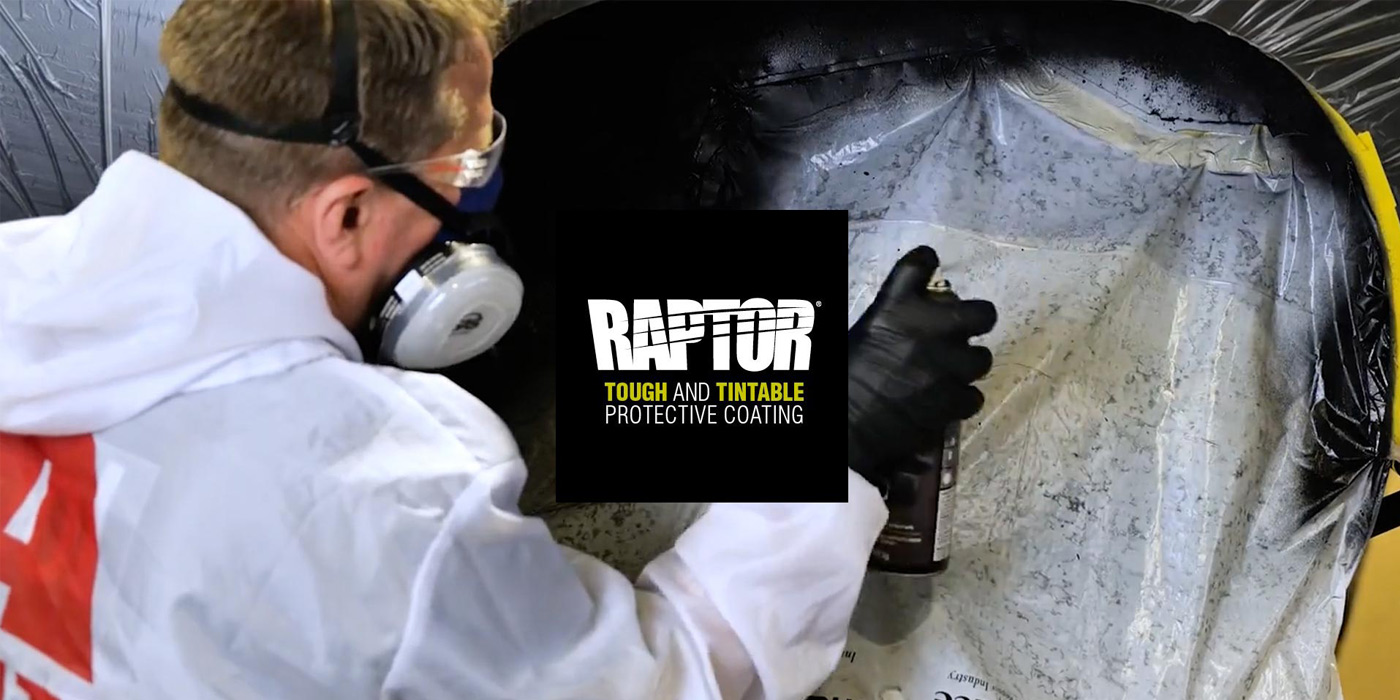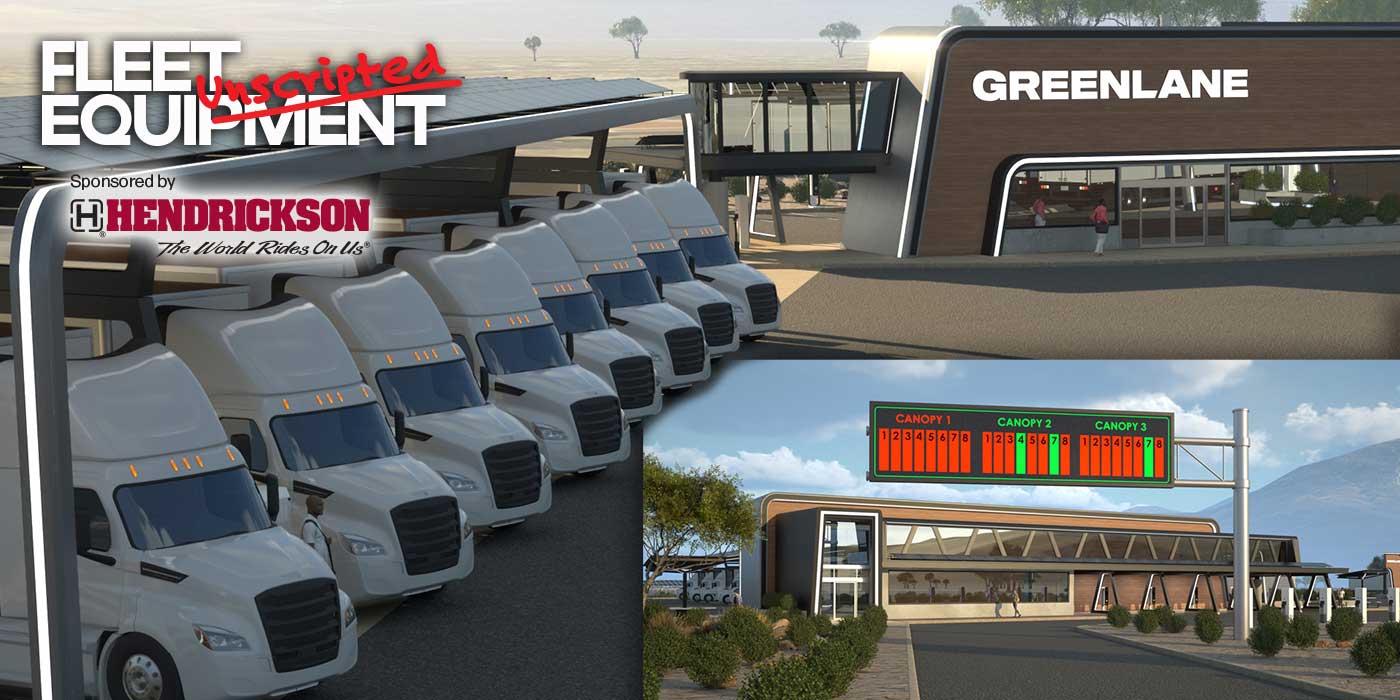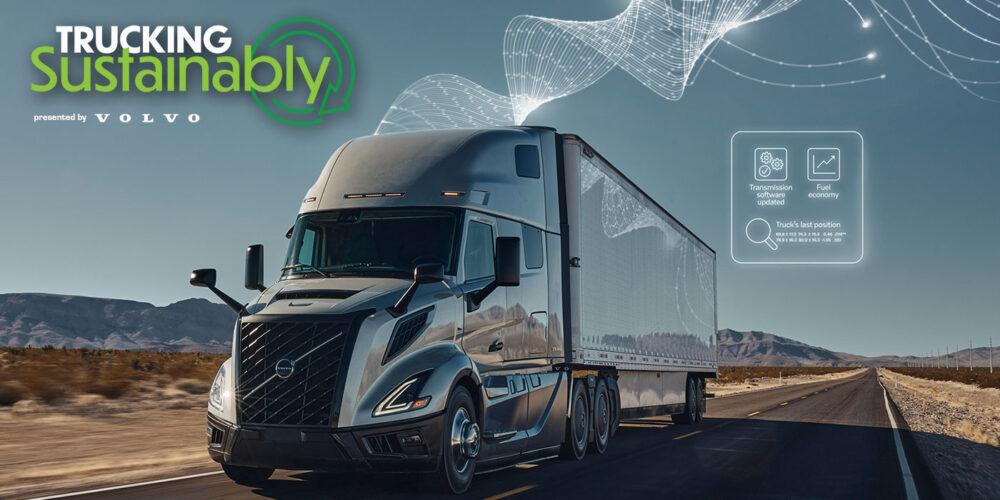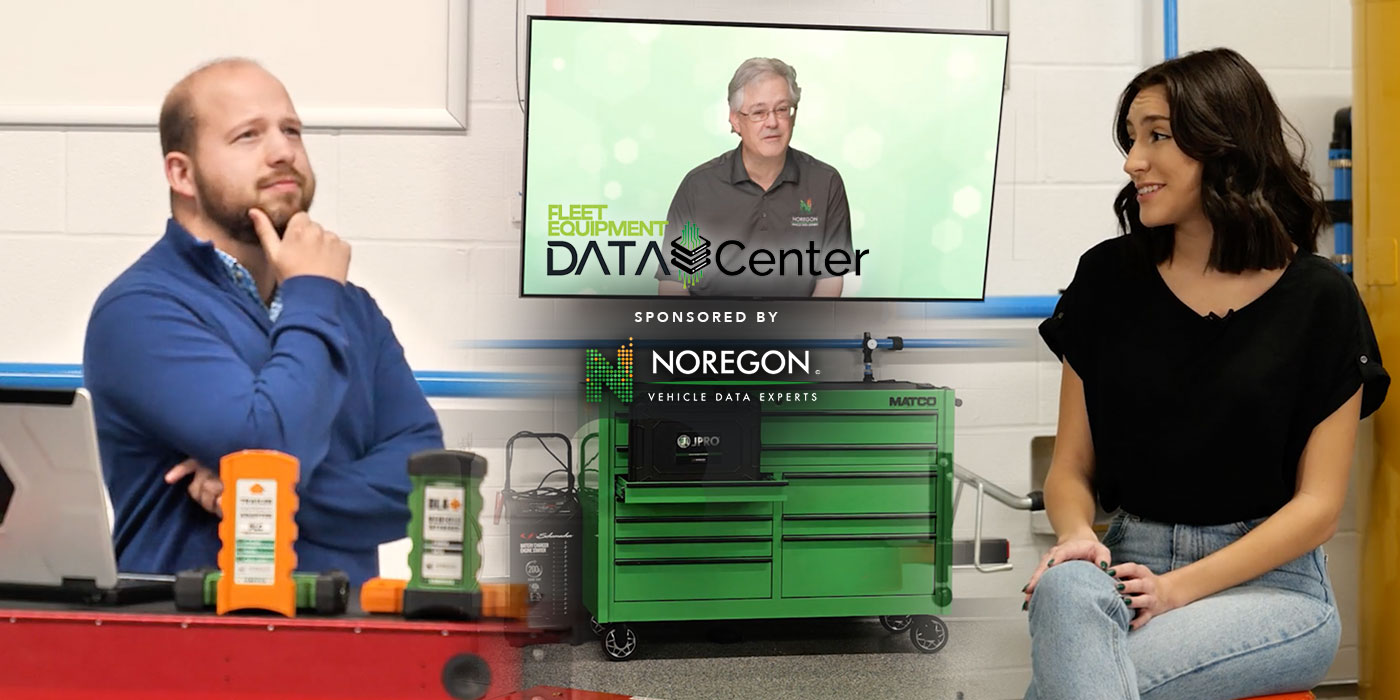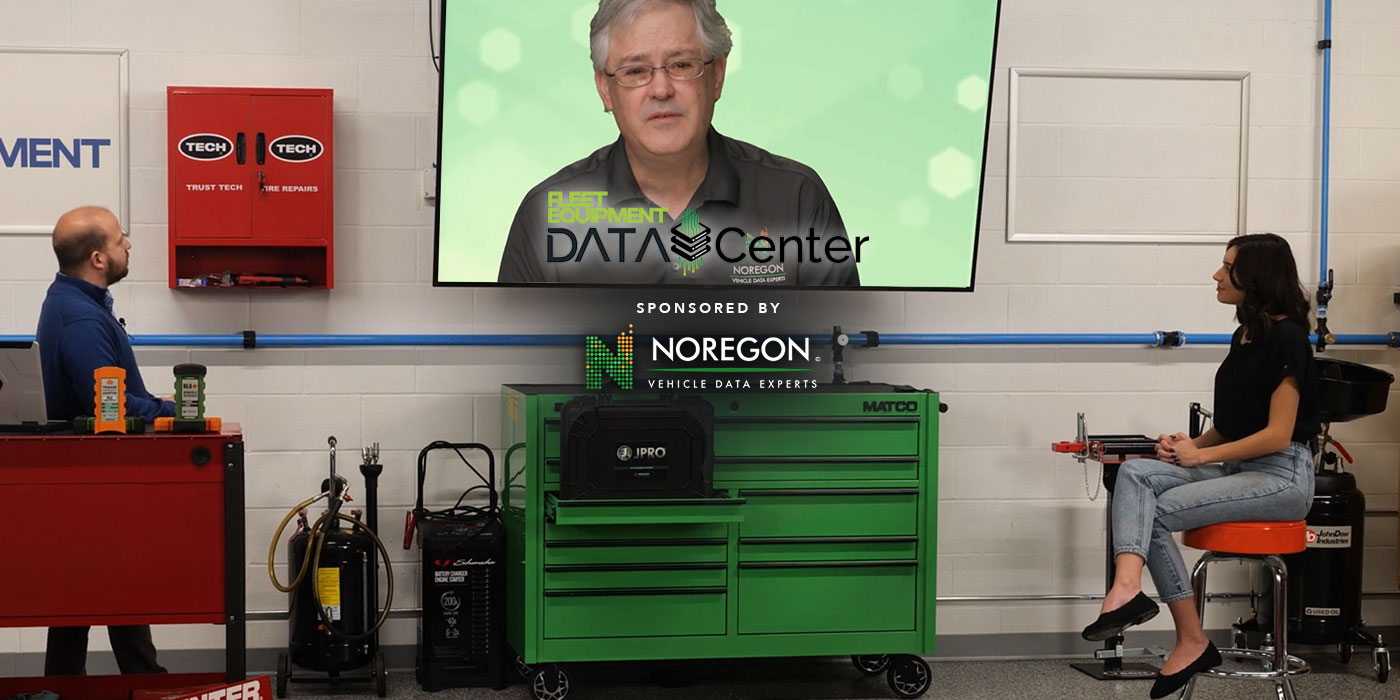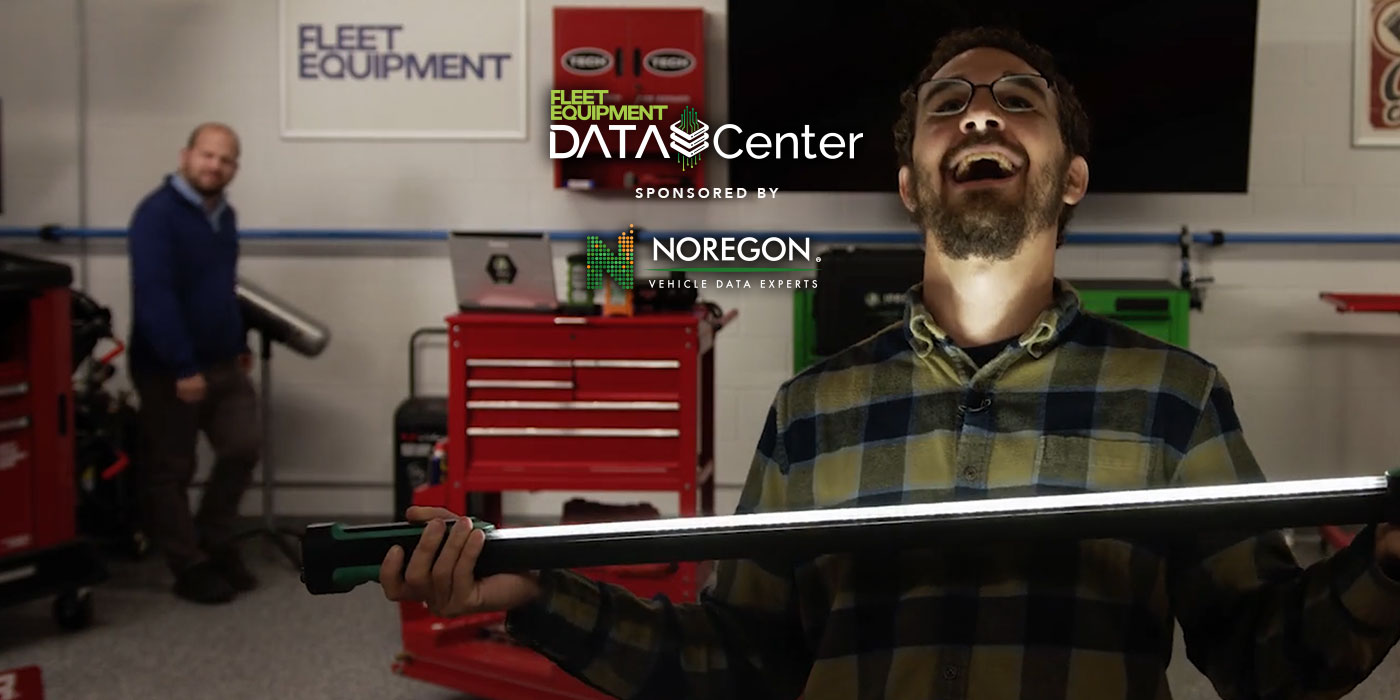If you read Fleet Equipment—and I hope you do—you’ll know that there is an absolute ton of new equipment being released day in and day out for the trucking industry. Whether that’s the newest, most advanced electric trucks, or a simple new set of wrenches for the shop, equipment is always changing, evolving, becoming better.
And while your technicians surely know how to use that new set of wrenches just as well as the old ones, newer equipment will require training. Whether we’re talking about new shop software that they will need to know how to navigate in order to make your shop more efficient, or electric truck service that will require training on the electrical hazards that go along with it, training is one of those things that requires a small amount of time in the present to potentially save you a lot in the future.
Plenty of time is spent talking about the importance of training new technicians, including on this show, but ongoing training is just as important. Your techs who have been there for a while can’t be falling behind as new technology is introduced. And they shouldn’t want to—oftentimes, this technology is there to make their jobs easier just as much as it is to increase the shop’s bottom line.
That’s where shop management comes in. It’s up to the manager to communicate to the staff about new equipment and technology—what it does, what it’s for, and how it will help. Be sure to answer any questions, and to emphasize how it will improve things for the techs day to day—if they find the new equipment beneficial, they won’t have to be told twice to use it.
Shop management software, for example, can help fleets and their shops access information in real time about what is wrong with the truck, common faults and common fixes.
This works especially well if you are also making use of remote diagnostics, through which the truck sends data over the air to alert fleet and shop managers, allowing shop personnel to start the triage process before the truck even arrives.
You can of course use your judgment when it comes to training—some equipment and software will only require a quick overview, while some will need more extensive training and time set aside for it. Check with your software partner, supplier or OEM—many of them offer training on their products and can offer guidance as well.
Especially since the outset of the COVID-19 pandemic, a lot of training has been available online, which can be a good time saver for your team rather than having to go in person to a seminar or something like that.
With all of this in mind, we talked to our partners at Noregon about this topic, asking them what they want technicians to know about using tools like Noregon’s JPRO in the shop. What the video above to see what they had to say.
Fleet Equipment’s Data Center is sponsored by Noregon. Subscribe to our newsletter to catch every episode as we’ll be diving into use cases, talking with the data pros and making data usage approachable.

